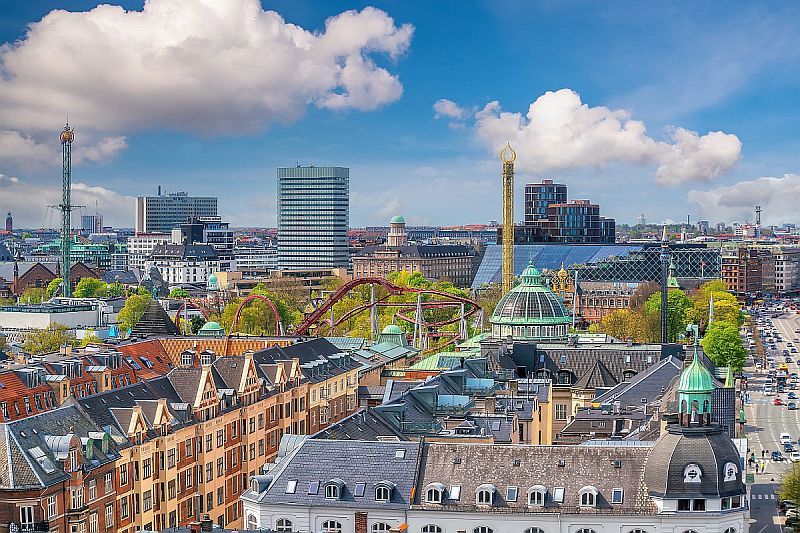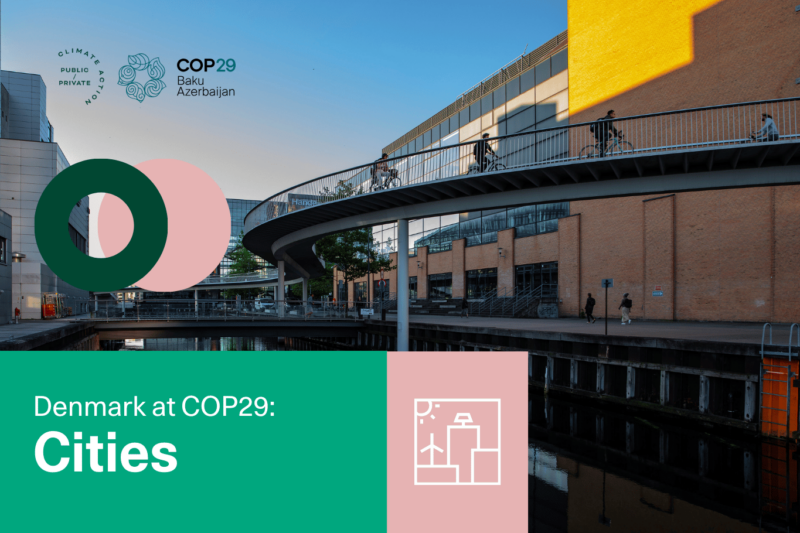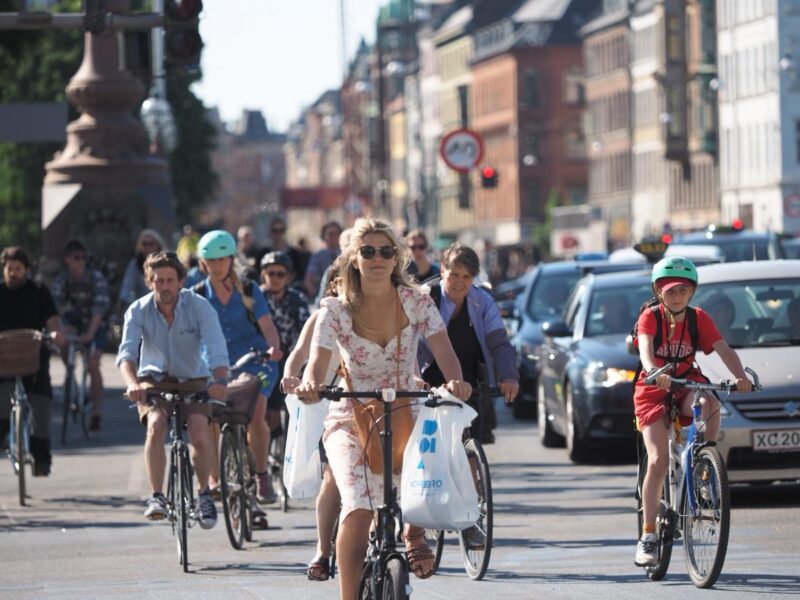News
Urban infrastructure planning
Urban mobility
Our daily bike rides benefit the climate immensely


“The Municipality of Copenhagen has been conducting research and analyzed the level of cycling in Copenhagen. The amount of people who choose bicycles in favor of cars save Copenhagen from 90.000 tons of CO2 emission annually. Compared to the total emission of 549.000 tons of CO2, this is a considerable reduction,” says CEO of the Danish Cyclists’ Federation, Klaus Bondam.
The emission from cars is 13 times higher than cyclists. When you incorporate all factors in the calculations, a cyclist on average emits 21 grams CO2 per kilometer. A person driving a car emits 271 grams of CO2 per kilometer, or around 13 times more.
Cycling cools the planet
Cycling is immensely beneficial in fighting the climate changes according to the European Cyclists’ Federation’s (ECF) report, “Cycle more often 2 cool down the Planet.”
In the report, the ECF compares the emissions from CO2 coming from cars and bicycles.
Though cyclists are not 100 percent CO2 neutral, as the report concludes, the emissions derive from the production of bicycles and maintenance of the bikes, building infrastructure and repairing roads.
Furthermore, cyclists use their body and muscles more that motorists and for that reason, cyclists eats more than motorists. The level of CO2 emission from increased food consumption depends on what the consumer eats. Beef is for example one of the most CO2 emitting foodstuffs.
But despite filling your stomach with beef, using the bike as a primary form of transportation, you are saving considerable amounts of CO2 in comparison to driving your car.
Cycling on equal footing
One of the ways of getting even more people to bike is to continuously improve the conditions for cyclists, says Klaus Bondam. “But it is also important to work on the image of cycling,” he says.
“We have to focus on the fact that choosing to cycle to work or other places is an equal means of transportation comparing to cars or public transport. Millions of Danes commute by bike every day, and it is not because we are poor or do not have a driver’s license. We do it because it is an easy and effective way to transport ourselves, and it gives us a good start on the day. It is refreshing and saves us the pains of traffic congestions,” says Klaus Bondam.
Electricity makes the bike more interesting
New technological developments can also contribute to increased use of the two-wheeler.
“Many people in the world of cycling are confident that the development that will occur the next few years in the technology concerning electric bikes will make cycling an interesting alternative over longer distances as well. The environmental accounts will continuously be in favor of bicycles, even the electric bikes. Much of the electricity used in Denmark derives from renewable energy,” says Klaus Bondam.
In their report, the ECF also calculated the effects of electric bikes and how much CO2 the production emits. The result is that electric bikes only emits a small fraction more than conventional use of bicycles and yet far less than cars.
Article from “Cykl mere”. Translation by Rune Monberg Dalhof
You should consider reading
solutions
Urban infrastructure planning
+2
SuperBlockify
15 November 2024events
Urban planning and development
+7















